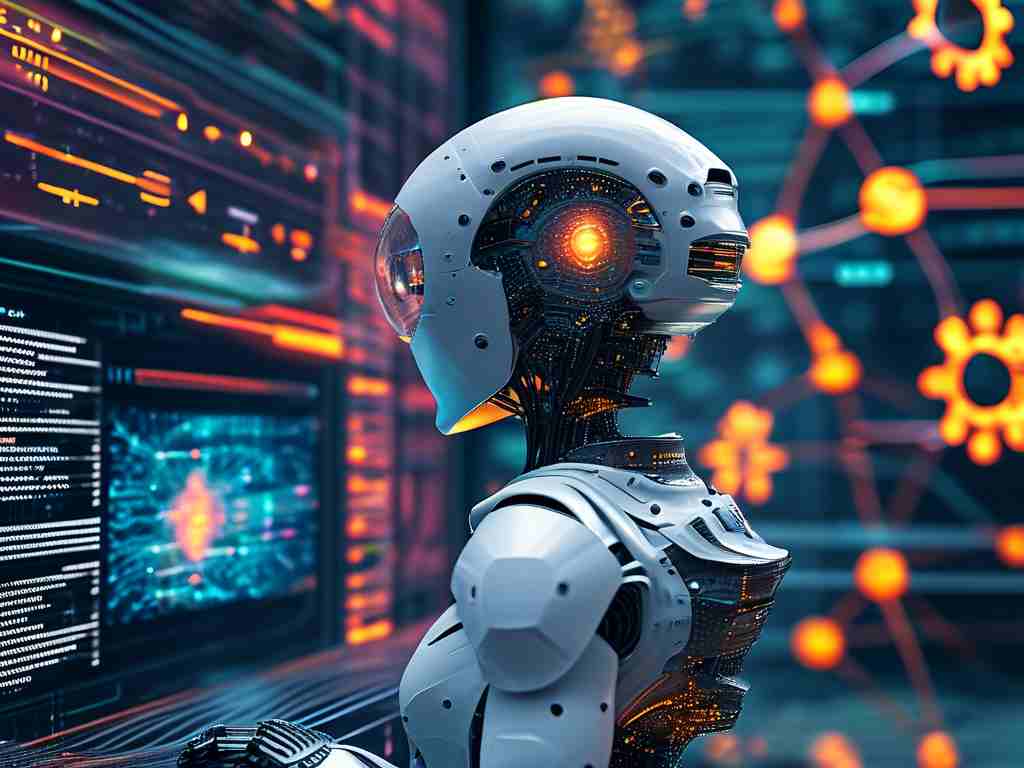The rapid evolution of quantum information technology has introduced a lexicon of specialized terms that define its cutting-edge advancements. Understanding these concepts is critical for professionals and enthusiasts alike to grasp the transformative potential of this field. Below, we explore key emerging terminologies reshaping quantum research and applications.

Quantum Supremacy
Quantum supremacy refers to the milestone where a quantum computer outperforms classical supercomputers in specific tasks. Google’s 2019 experiment with a 53-qubit processor marked a watershed moment, solving a problem in 200 seconds that would take classical systems millennia. While debates continue about practical relevance, the term underscores quantum systems’ unique computational advantages.
Error-Corrected Qubits
Traditional qubits are prone to decoherence and noise. Error-corrected qubits, however, leverage redundancy and algorithms to detect and fix errors in real time. This innovation is pivotal for scalable quantum computing, as it addresses one of the field’s biggest hurdles: maintaining qubit stability. Companies like IBM and Rigetti are actively integrating these protocols into their next-gen hardware.
Quantum Internet
A quantum internet uses entangled photons to enable ultra-secure communication channels. Unlike classical networks, quantum signals cannot be intercepted without detection, making them ideal for defense and finance. China’s Micius satellite, which achieved quantum-secured video calls in 2020, exemplifies progress toward this global infrastructure.
Topological Quantum Computing
This approach relies on quasiparticles called anyons, whose braided trajectories encode quantum information. Microsoft’s Station Q lab champions this method, arguing that topological qubits are inherently more stable. While experimental validation remains ongoing, the concept could revolutionize fault-tolerant quantum systems.
NISQ Devices
Noisy Intermediate-Scale Quantum (NISQ) devices describe current quantum computers with 50–100 qubits that operate under imperfect conditions. Though error-prone, they serve as testbeds for hybrid algorithms combining classical and quantum processes. Researchers use NISQ systems to explore optimization problems and material simulations despite their limitations.
Quantum Machine Learning (QML)
QML merges quantum algorithms with classical machine learning frameworks. By leveraging quantum parallelism, tasks like pattern recognition and data clustering could see exponential speedups. Startups like Zapata Computing are developing QML tools for drug discovery and financial modeling, though widespread adoption awaits more robust hardware.
Post-Quantum Cryptography
As quantum computers threaten classical encryption, post-quantum cryptography designs algorithms resistant to quantum attacks. The National Institute of Standards and Technology (NIST) is standardizing these protocols, with lattice-based cryptography emerging as a frontrunner. Industries are preemptively adopting these standards to safeguard future data.
Quantum Sensing Networks
These networks use quantum states to achieve unprecedented measurement precision. Applications range from gravitational wave detection to underground mineral exploration. For instance, quantum magnetometers can map subterranean resources with higher accuracy than traditional tools, benefiting sectors like energy and geology.
Quantum-Classical Hybrid Systems
Hybrid systems combine quantum processors with classical infrastructure to optimize task delegation. D-Wave’s quantum annealers, paired with classical solvers, tackle logistics and AI training efficiently. This model bridges the gap until fully autonomous quantum computers become viable.
Quantum Advantage
Distinct from supremacy, quantum advantage denotes scenarios where quantum systems solve real-world problems more efficiently than classical counterparts, even if not universally superior. Examples include optimizing supply chains or simulating molecular interactions for pharmaceutical research.
The lexicon of quantum information technology reflects its interdisciplinary nature, blending physics, computer science, and engineering. As the field matures, these terms will evolve, driven by breakthroughs in hardware, algorithms, and cross-industry collaborations. Staying informed about these concepts is essential for navigating the quantum revolution.









